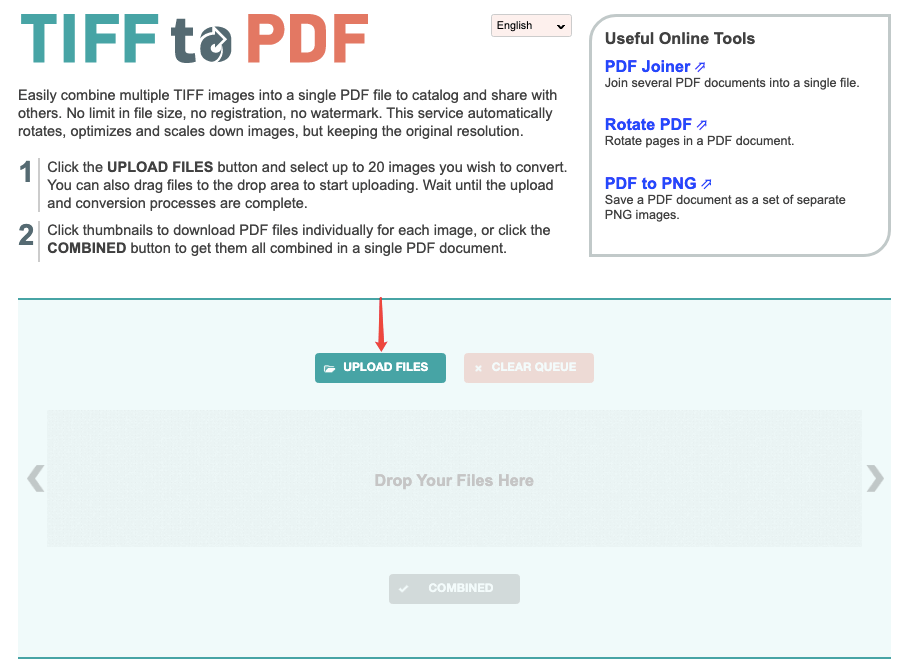

They are usually not recommended for printing since these are typically much lower resolution files and cannot be enlarged without losing design detail. The JPEG, GIF, and PNG file formats are all perfect for graphics on the Internet. One variation, the GIF89a file format, supports animation and transparency allowing you to make a color or the background in your image transparent. This makes the GIF format suitable for storing graphics with relatively few colors such as simple diagrams, shapes, logos, color clip art, and cartoon style images. GIF (Graphics Interchange Format): A GIF is limited to 256 colors, and so, it is commonly used for images composed of line drawings or blocks of a few distinct colors.Unlike GIF, JPEG does not support transparency. Be careful, however, because JPEG files suffer generational degradation when repeatedly edited and saved. Most imaging applications let you control the amount of compression (which reduces file size) performed on an image, so you can trade off image quality for smaller file size and vice versa. It is not limited to 256 colors which means you can use the JPEG format for high-quality photographs or pictures containing millions of colors. JPEG (Joint Photographic Experts Group, aka JPG) : Like GIF, the JPEG format is another top choice for Web graphics.And one huge advantage is a PNG format can have a transparent background which makes it much easier to overlay images over other content. The PNG format is also the default for many image creation tools including Canva. This is a great choice for screenshots in fact, PNG is the default file format for many screen capture programs such as SnagIt. The PNG format is suitable for single images only (not animation) and offers greater color support and better compression than the GIF format. PNG (Portable Network Graphics) : The PNG format is the successor to the GIF file format as it is now a top graphic format.Here’s a look at the pros and cons of some of the most common graphic file formats. Even better is to modify your photos and other images first using an image editing program such as Photoshop or Photoshop Elements which can significantly reduce the size of the files. Did you know that even if you re-size an image to a much smaller scale, PowerPoint and Word still store the photo in its original size? Fortunately, Microsoft Office programs include the option to compress images to reduce the size and remove any cropped areas.

Ideally, a graphic you want to print should be created and edited with a minimum resolution of 300 DPI.ĭo you have huge PowerPoint files? The biggest cause of presentation bloat are photos with large dimensions and a high resolution. This is why most Internet images are blurry when inserted into a document. For instance, most web graphics are 72 to 96 DPI which is fine for screen viewing and even PowerPoint presentations but lousy for printing. Image resolution is described by DPI (dots per inch), a graphic measurement. In addition to the specific graphic file formats detailed below, the resolution of an image also impacts the appearance. When available, vector graphics are generally best for printing because they can be easily re-sized without the “jaggies” but many formats are not widely supported by desktop programs. Examples of vector graphic files are EPS (Adobe Illustrator) and CDR (CorelDRAW). Vector image formats contain a geometric description that can be created smoothly at any desired display size. Most commonly available images are in a bitmap or raster format. If you try to alter the size of a raster graphic it gets the “jaggies” or those rough, stairstep edges on a graphic. A raster image is also known as a bitmap and is created from rows of small dots of color called pixels (“picture elements”) or “bits.” The big disadvantage is they are a fixed size. There are two primary categories to describe the techniques used to build a graphic: raster or vector. Let’s look at your options to get the results you need. Are you confusing a JPEG with a GIF? When should you use a PNG graphic? How can you decide if you should pick a BMP or a TIF? Which graphic formats are the best choice for a document, website, or presentation? How do you sort out the alphabet soup of graphic acronyms? Including proprietary file formats, there are hundreds of different image file types although only a few dozen are widely supported by the programs on your desktop.


 0 kommentar(er)
0 kommentar(er)
